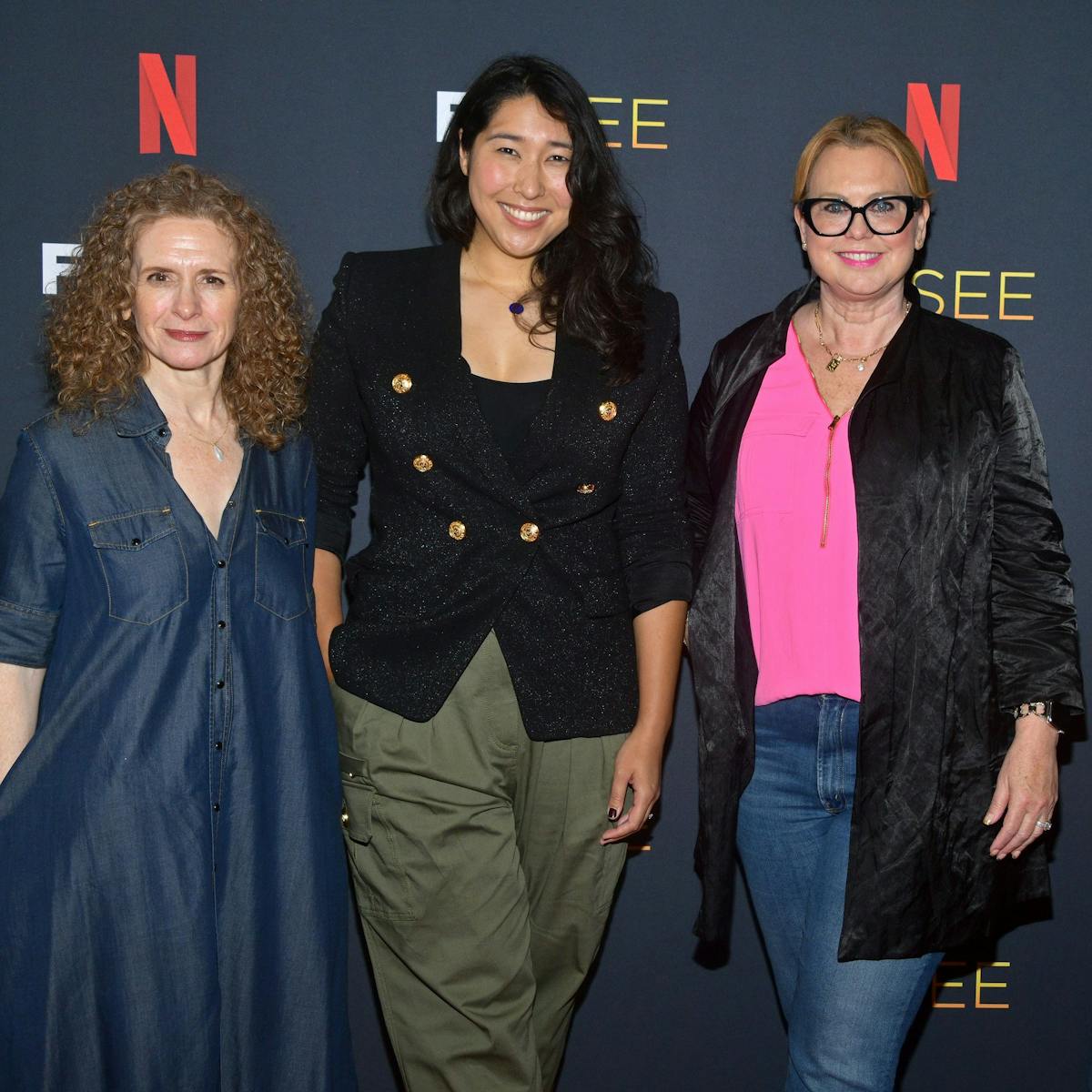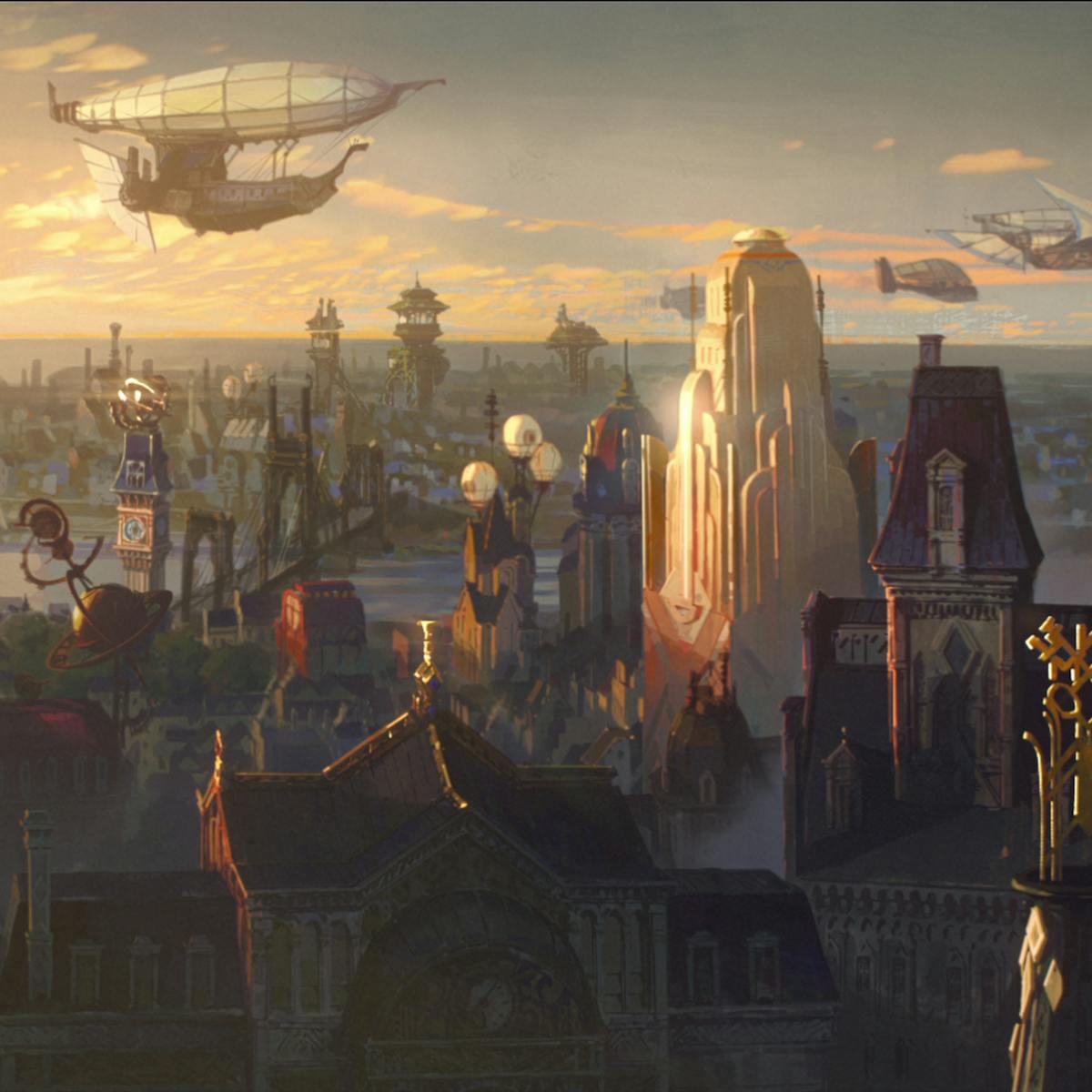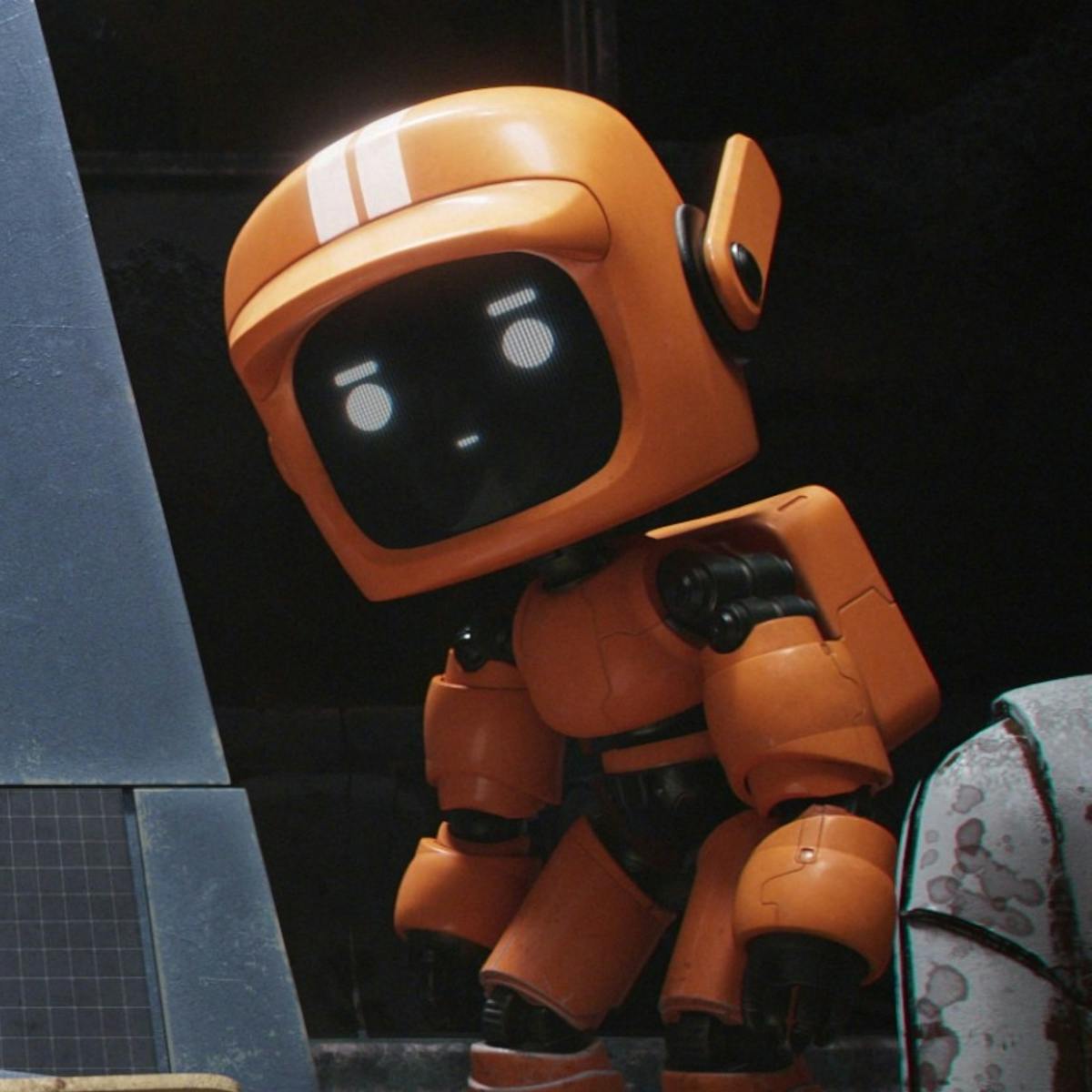How the hit series exploded animation’s possibilities for gaming.
Acane truly stands alone among animated series. Adapted from League of Legends, one of the most played video games in the world, the show is not a shot-for-shot recreation, nor does it try to force a story to accommodate the meeting of fan-favorite characters. Instead, the epic, yet intimate, character-based series focuses on complicated sisters Vi and Jinx, who find themselves at the center of a battle between cities. It’s a story that both hardcore fans and total newcomers can love.
With a stellar cast that includes Hailee Steinfeld, Katie Leung, Shohreh Aghdashloo, and Ella Purnell, Arcane turns the 2D world of Runeterra into a vast and fully lived-in universe full of science and magic. It is a show that blends many genres effortlessly, all while showcasing some of the most spectacular and game-changing TV animation in decades.
Queue spoke to Arcane co-creators Christian Linke and Alex Yee, and managing director of Arcane’s animation studio Fortiche, Hervé Dupont, about creating the world of Arcane and why their longstanding collaboration helped avoid the so-called video game curse that befalls so many Hollywood adaptations.
An edited version of the conversation follows.

Queue: What were your guiding principles in making this adaptation? Unlike many video game adaptations, this is not a shot-for-shot copy.
Hervé Dupont: The idea was to have an interpretation and translate it into something that works in the format of a series. We wanted grounded characters, more realistic backgrounds, and things that create a connection with the audience. When you simply adapt a video game, it can feel a bit off when it gets to the emotions because video games are designed for the gaming experience rather than an audience experience.
Alex Yee: Fortunately for us, the narrative is not so strong in the game. So one of the things we said from the beginning is that we wanted to build the show in such a way that you didn’t need to play the game or have foreknowledge of the world to be able to follow and appreciate the story. We’ve had the experience so frequently where you
can tell, even when you don’t play the game, when the entire point of a scene is to set up an Easter egg joke. If you’re not in on that joke, you feel like, This specifically wasn’t for me.
Christian Linke: We tried hard to get a good understanding of who these characters are to our players, like What does it feel like when you’re Vi or Jinx? How do you behave in a fight, and what are the mentalities of the characters? That was, above all, what we tried to do, and we definitely checked in with a lot of the people that we knew from [the League of Legends team], like August Browning, the game designer that worked on Jinx and Vi, and Katie De Sousa and Paul Kwon who did the first concept art pieces for Jinx and Vi, to make sure we didn’t lead their babies astray.
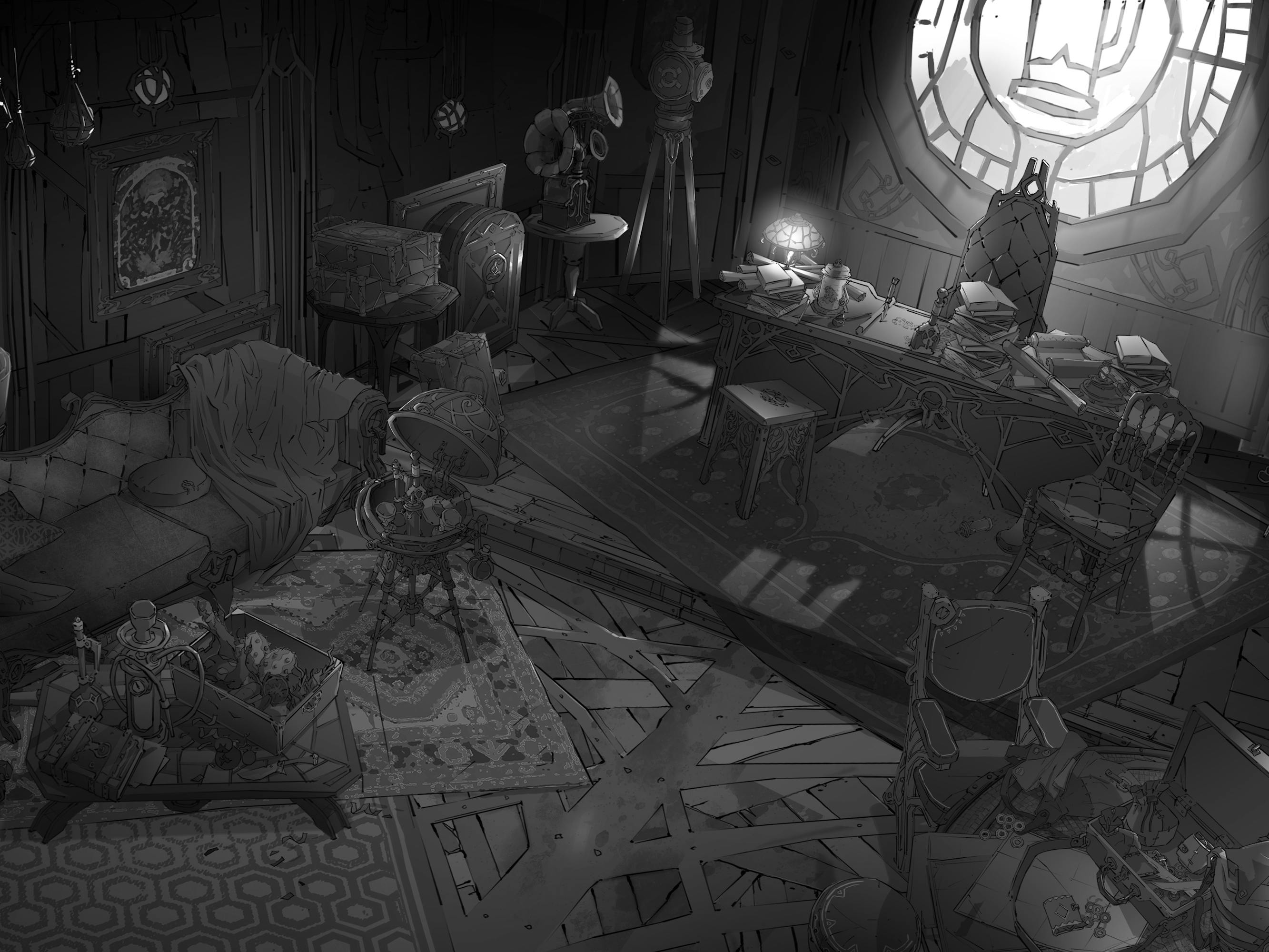
How did the design of the cities of Piltover and Zaun evolve throughout production?
Dupont: Riot [Games] shared with us some of their mood boards to understand their inspirations for the game locations before working on the show versions. For Piltover, a big inspiration was Art Deco, while for Zaun it was more Art Nouveau, so you can feel the difference between the two cities. We even used staging and camera movement to show this difference. Like in Piltover, the city is bright and rich, so the camera is fluid and there are beauty shots and the like. But when you go to Zaun, the city is crappy, so the camera is more handheld and shaky; it feels lively because the place is messy.
Linke: Piltover is kind of this clockwork machine, one that is well crafted and mechanically built. There’s a certain visually pleasing aspect to it. Zaun is driven by chemical reactions rather than mechanical progress. There’s something that is always repurposed or even misappropriated about Zaun technology, but it can also be really cool. There’s this sense of invention in Zaun — everything goes, as long as it makes things better.
Arcane has unique camera work and lighting. What were some of the influences for the show’s visuals?
Dupont: It’s in the D.N.A. of Fortiche. Live-action movies have always been a big reference for us. We don’t feel like animation is a genre; we feel like animation is a technique. We pull our references from New Hollywood, like [Martin] Scorsese and Ridley Scott. We tend to go with live-action rather than classical animation staging. We also pull from Japanese anime, so the result is a blend of cartoon animation and realism.
Linke: There are two primary aspects of Fortiche’s visual style that were really promising and interesting for us, coming into Arcane. One is their camera work, which highlights the human element so you feel like you’re watching someone with a camera, with little scratches or water droplets running down the lens if it’s raining. The second is their integration of 2D V.F.X. with the 3D production, and embracing the 2D instead of trying to hide it. When we started working together, everyone was chasing C.G.I. and hyperrealism, while for Fortiche it was all about style: Style is king.
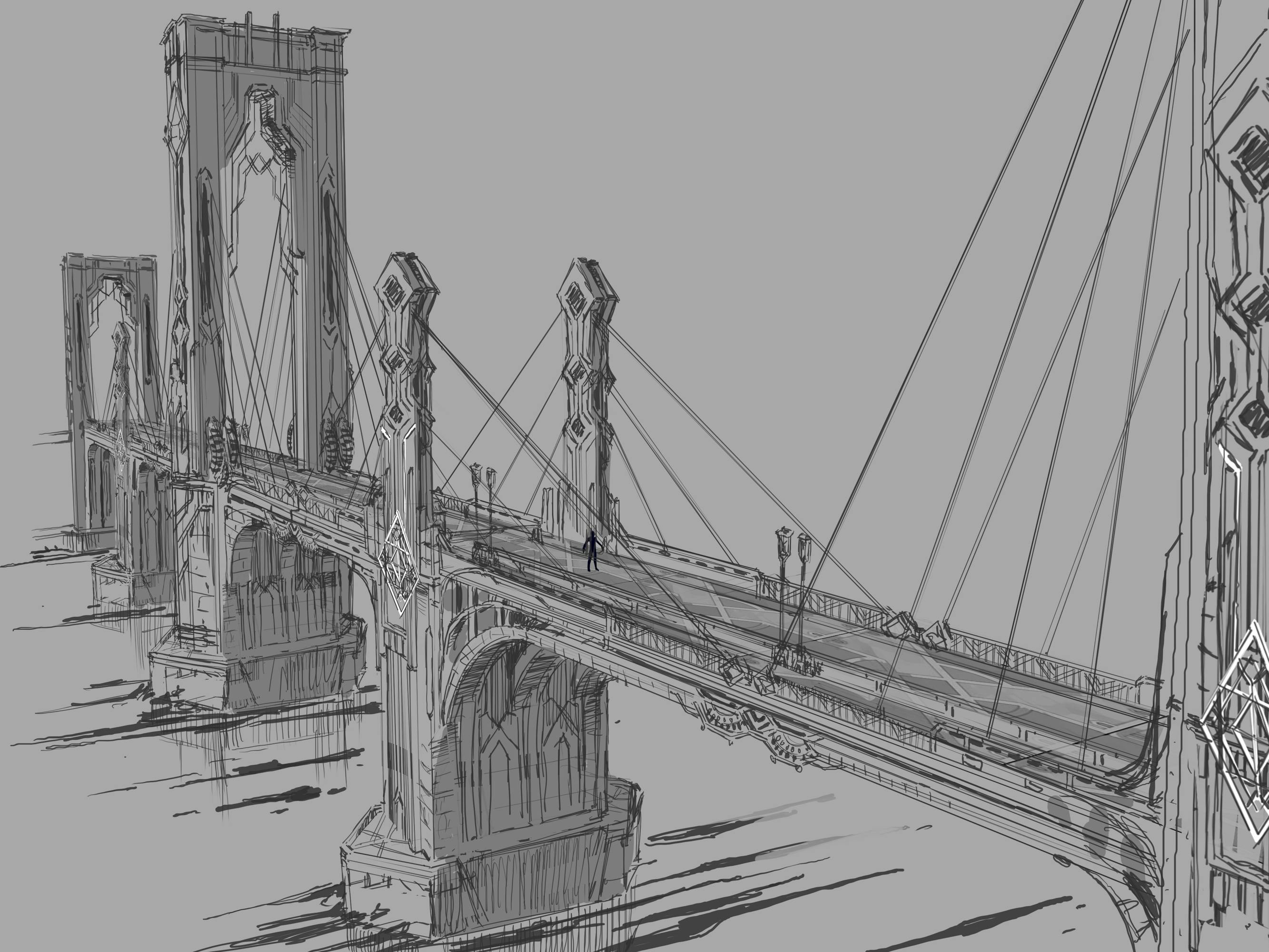
Arcane has several moments that feel like mini music videos. Why was this important to include in the show?
Dupont: We really wanted to treat them as small animation pieces within the larger show, and switch from one style to another. It’s about having fun with your material and making sure the audience has fun watching it.
Linke: That was something we decided to do early on. Because we had this history of making music videos, we always liked the idea of having moments where the music can really shine and be in the spotlight. Every time we would start storyboarding an episode, the directors at Fortiche and the editors would look for moments where music could be used differently to express something. Then it came down to our music team to think about what artists could be a good fit.
Yee: Music is just one of Riot’s superpowers and it wouldn’t really feel like one of our productions if it wasn’t something we baked into the project itself.
What is one sequence that really illustrates what makes Arcane special? Can you select one that matched what you had in your head?
Dupont: I helped produce [the music video] Get Jinxed 10 years ago, so the end to Episodes 3 and 9, everything with Jinx and Vi, it really moves me. Vi leaving her sister behind brings me to the point of tears.
Linke: Julien Georgel, [one of] the art directors of Arcane, took the job very seriously in terms of striving for realism, except for the last scene. It was the first time he really just went with bold choices, like having this massive red moon. Technically, that scene is the pinnacle of Arcane, because of how the animation, V.F.X., and compositing kind of transition and mix together.
Yee: The Jinx rocket at the end. In many ways, it came out spiritually like how I imagined it, but so much of the art and what was pushed in that scene went to a new place. The 2D V.F.X. team really dove in with their own idea, and even that last image before cutting to black was something that was so much more than what you imagine.

